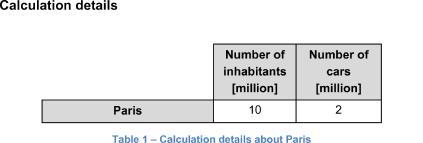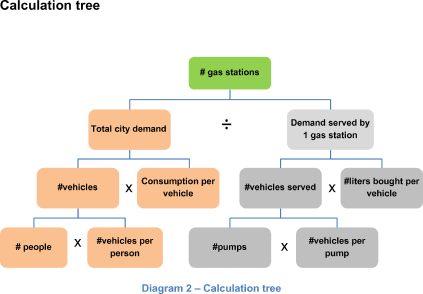Gas station
44.8k
Times solved
Intermediate
Difficulty
How many gas stations are there in Paris? Suppose a friend of yours wants to open a gas station in Paris. What aspects should he consider?
Case Comments
I. Strategies
How could you estimate the number of gas stations in Paris?
II. Selection
Which approach is best to calculate the number of gas stations in Paris?
III. Calculation
How many gas stations are there in Paris?
IV. Part 2
Suppose your friend wants to open a gas station in Paris. What aspects should he consider?
Video Solution
44.8k
Times solved
Intermediate
Difficulty
Do you have questions on this case? Ask our community!










